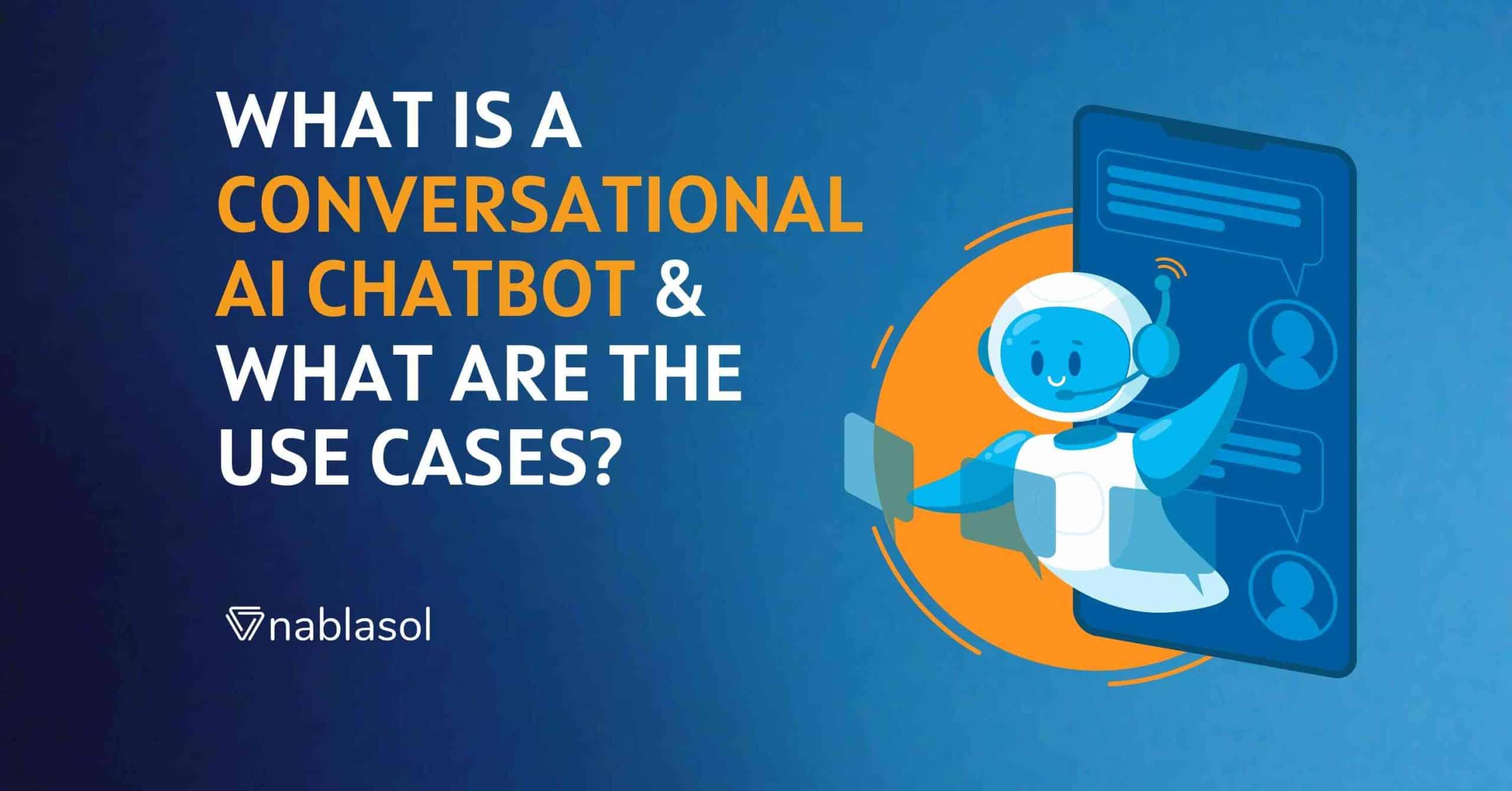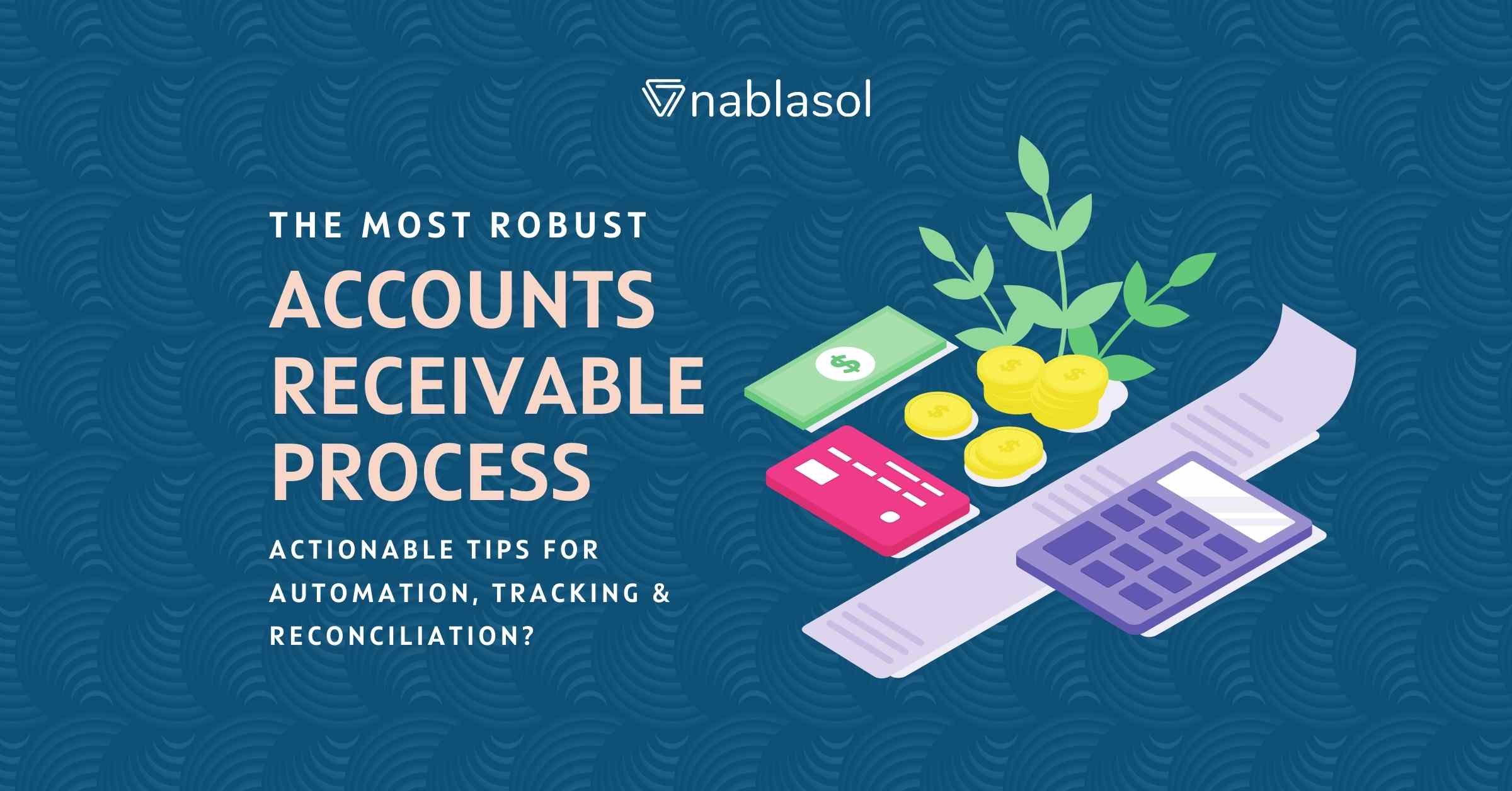One of the critical markers of a good customer experience is resolution time. The quicker the resolution time, the happier the customers are. A conversational AI chatbot makes this possible using intelligent conversational AI. The customers of today expect instant and real-time information. Outstanding customer experience in itself can become a differentiator if done right. It is time you use voice and chatbots to our benefit in digital transformation.
The visible change in customer demography has led us here. According to research, any person below the age of 30 is likely to use a voice or chatbot to interact with a business today. If implemented properly, a good chatbot can solve customer queries faster and address issues more effectively. This directly leads to impeccable customer satisfaction by just using short, quick, and conversational responses.
What Are Conversational AI Chatbots?
A Conversational AI Chatbot is virtual chat interface that hold a conversation with a customer without any supervision. It is done using Al, Machine Learning, and Natural Language Processing which help it to carry out a human-like conversation. The responses are extremely relevant and to the point. They are simple to deploy and can be customized for any touchpoint.
Here Are Some Of The Use Cases
In the spirit to transform the customer experience, you must start thinking in terms of the entire customer lifecycle. AI chatbots have the power to tackle all kinds of customer queries be it onboarding, upgrading subscriptions, checking delivery status, payment issues, cancellations, document upload, etc. They can also encompass all the departments of your business from sales and marketing, to customer success, support, and even finance. In a nutshell, they become your digital assistants for doing manual tasks.
- Sales – Providing quote estimations, sending out marketing collaterals, understanding customer requirements
- Payment – Confirming payment, activating account, checking KYC, verifying inventory, generating bills
- Operations – Verifying claims, conducting appraisals, taking appointments, selling subscription upgrades, or upselling.
- Back Office – Taking complaints, tracking deliveries, managing service requests, answering FAQs
- Support – Giving rewards, providing cashback, checking warranty, conducting renewals.
Every AI chatbot is similar as well unique in some ways. The foundational elements of Artificial Intelligence are the same but the parameters given to it for Machine Learning, specific to your company are different and that makes it truly a part of your business.



